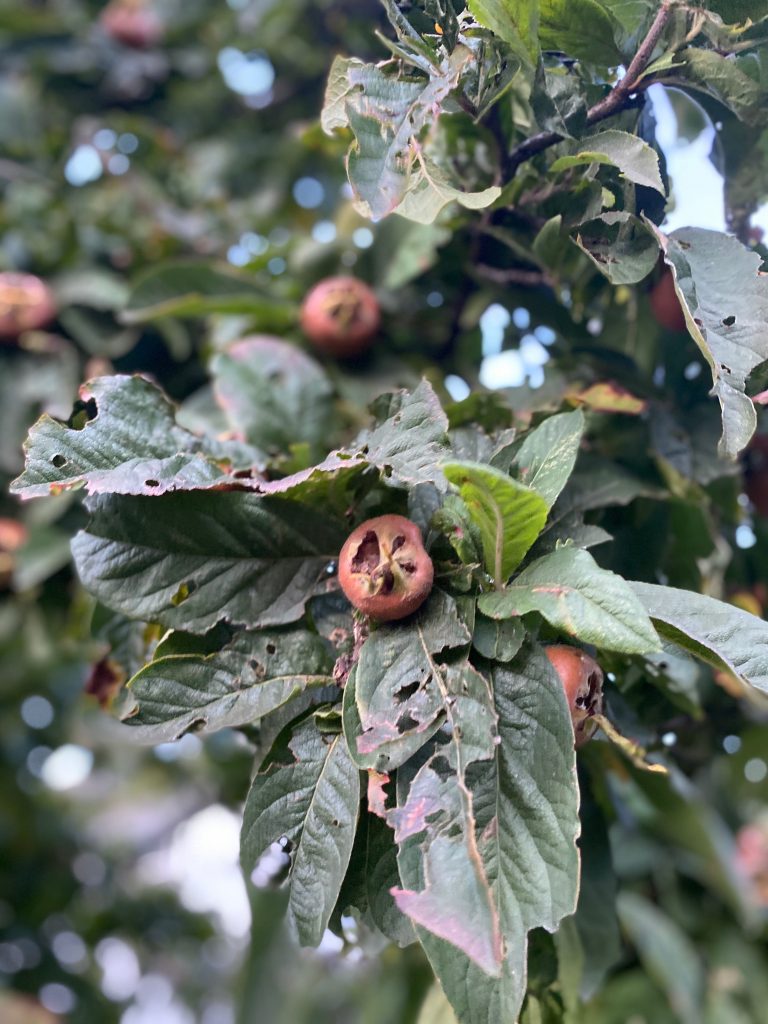
What is medlar?
Did you know there is a medieval fruit among us?
In Welland Orchard, and a couple of other places in Victoria, you’ll happen across medlar trees. While the fruit might not be the cutest (affectionately dubbed by the Brits as “Dog’s Arse”), we’d recommend you don’t judge a medlar by its somewhat unappetizing appearance.
The pome fruit is smallish and roundish, about the size of a ping pong ball–somewhat reminiscent of a squat, beige rosehip. If you judge by its appearance, medlar might not seem all that edible. And depending on the time of year, you’d be right.
Medlar is not like other fruits on the island. It’s not ready for consumption until long after the typical harvest has ended–long, long after the harvest has ended. This fruit usually isn’t harvested until late October and to hear the experts tell it, you should wait until after the first frost to pluck them from the tree.
How should I eat it?
If you want to eat medlar at its best, you need to let it rot. Yes, we said rot. In the fruit community, this is known as bletting: the process of letting fleshy fruits go beyond ripening and soften into something sweet and delicious (like leaving yellow pears on the counter to ripen into a fruit that is soft, sweet and delicious).
Medlar tastes kind of like applesauce, with a bit of a fermented kick. Described as well-balanced, the fruit boasts a complex flavour that is sweet, astringent and very, very palatable (comparable to something like tamarind–yum!).
By nature of its late harvest date, medlar gained a bit of a reputation as a Christmas preserve. Mixed with festive spices, it makes for delicious jam, cheese, or British mincemeat. Traditionally, the fruit has also been used to make liqueurs, sorbets, and sauces that pair perfectly with poultry or fish.
Where can I find medlar?
Medlar can be tough to track down and isn’t found in many places around the city.
But keep your eyes peeled for this distinct fruit because it does show up in some places–if you live in Victoria, you may even have one in your own backyard. And, for those looking to cultivate a medlar of their very own, consider grafting! This fruit has been known to fare well when grafted onto a crab apple rootstock.